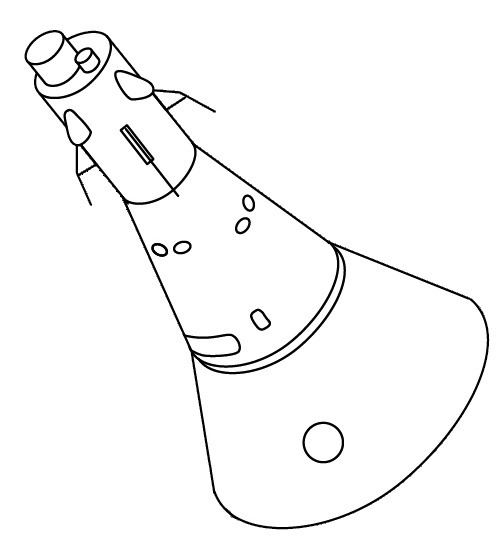Status Canceled | Manufacturer NPO Mashinostroyeniya | |
 | ||
Similar LK, Soyuz 7K‑L1, Soyuz 7K‑LOK, Soyuz 7K‑OK, TKS | ||
LK-1 was a projected Soviet manned lunar flyby spacecraft. The project started in 1962, with the lead engineer being Vladimir Chelomey.
Contents
The LK-1 had its origin in several early 1960s spacecraft projects under the generic names of kosmoplans and raketoplans.
It would be launched on a three-stage Proton launch vehicle. The first flight was planned for 1967.
In 1965 the project was cancelled in favour of the Soyuz 7K-L1 spacecraft.
Further developments came as the LK-700 direct-descent lunar lander program.
Configuration
The spacecraft consisted of the following modules:
Characteristics
References
LK-1 Wikipedia(Text) CC BY-SA
